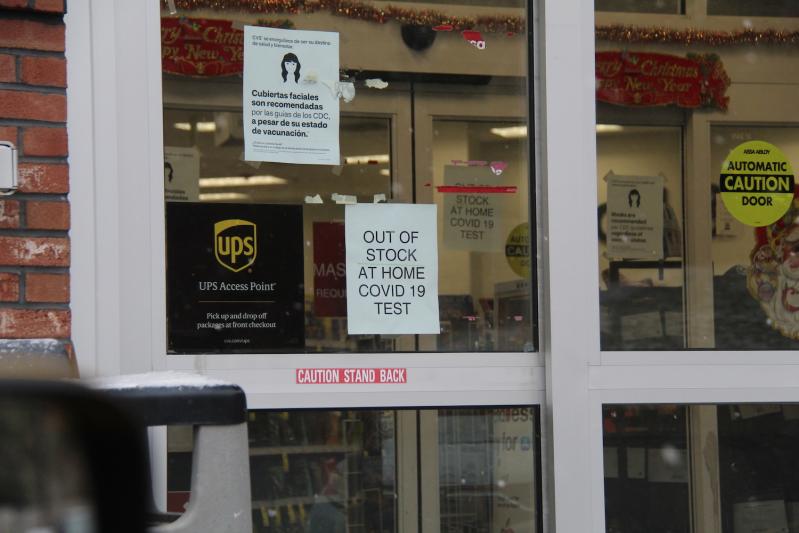As we enter a new year and come upon the second anniversary of the beginning of the Covid-19 pandemic, it is time once again to review the most current guidelines for testing, quarantine after exposure, and isolation while infected with Covid-19. This is particularly necessary as the Centers for Disease Control recently updated their guidelines to reflect the latest known data about the rising Omicron variant, which has spread at an incredible pace.
Right now, guidelines regarding exposure and need for testing and quarantine depend first upon the vaccination status of the individual in question.
After exposure to anyone infected with Covid-19 — meaning being within six feet of them for a cumulative total of 15 minutes or more in a single 24-hour period — people who are not yet vaccinated or who are more than two months out from a Johnson and Johnson vaccine, five months out from a second Pfizer vaccine, or six months out from a second Moderna vaccine and have not had a booster shot should stay home for five days. If they are able, they should obtain a test on day five. After that five-day period, these people should still continue to diligently wear a well-fitting surgical, N95, or KN95 masks around others for five additional days, or return home to isolate if any symptoms develop at any point in this process.
For those who have received a booster vaccination after completing a primary two-dose series of Pfizer or Moderna, or gotten a single dose of the Johnson and Johnson vaccine within the above time frame, there is no current requirement to stay home after exposure. However, these people should still wear a mask around others for 10 days and test on day five after exposure if possible. Again, if any symptoms develop, they should test as soon as possible and stay home until they can do so.
Those who test positive for Covid-19 should stay home for the first five days following either the onset of symptoms or the first positive test. Day zero is the day that symptoms or the positive test occur, with day one being the day after that. If day zero is determined using a positive test but symptoms do not develop until after that, then the counting should restart, with day zero now being the day that symptoms started.
According to the latest guidelines that were updated last week, people who test positive can leave their house after five days if they have no symptoms or symptoms are resolving after five days (including no fever for the last 24 hours), as long as they continue to wear a mask when around anyone else for an additional five days. There is no recommendation at this time for these individuals to re-test, either to leave isolation early at the five-day mark or at the end of the 10-day period, unless required by their job or to travel.
However, there are reports that this recommendation about testing may change for those who want to exit isolation after five days. Dr. Anthony Fauci said in Jan. 2 interview on ABC News that the C.D.C. was considering adding a testing component at the end of the first five-day period.
In the meantime, the guidelines above reflect the most up-to-date knowledge that the C.D.C. has about the current state of the pandemic and the Omicron variant, which is highly transmissible. Some data have suggested that the infectious period in boosted individuals may be shortened because of the vaccine's protection, and that a shortened isolation period could be safe.
While this will likely not be the absolute case for everyone, given the highly infectious nature of the Omicron variant, it appears that this will be true for the majority of people. As more and more businesses and essential services like air travel and health care are decimated in terms of staffing by the explosion of Covid-19 infections, this shift will hopefully allow us to strike a balance between keeping these vital services open and available and keeping as many people as safe from infection as possible.
—
Joshua Potter, D.O., a physician with Stony Brook Southampton Hospital’s Meeting House Lane Medical Practice, oversees the practice’s Shelter Island office. He specializes in family and neuromusculoskeletal medicine. Opinions expressed in this column are his personal and professional views and not necessarily those of his employer.

